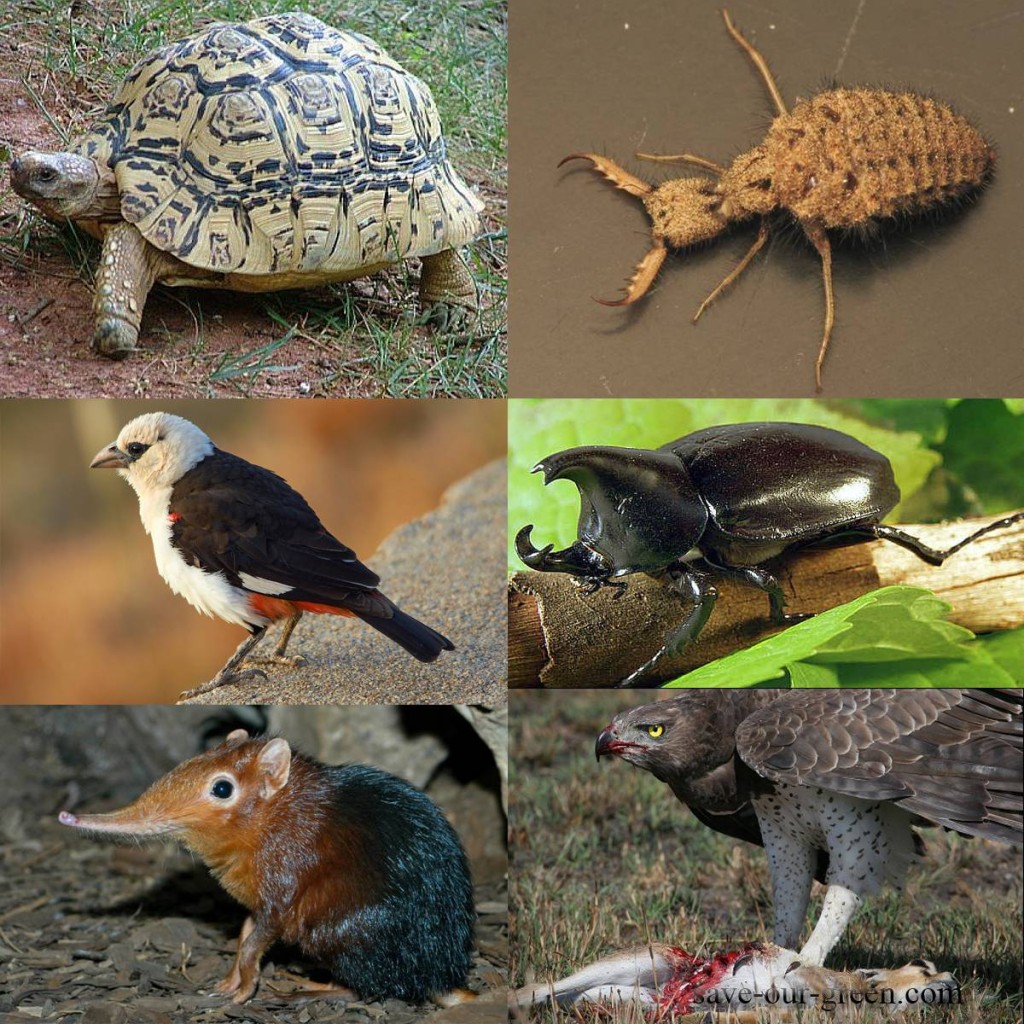The Kruger National Park
The Kruger National Park
The Kruger National Park is a world-renowned national park and a game-reserve located in northeastern South African Limpopo and Mpumalanga province. The national park was established in the year 1898 with a view to protecting the South African wildlife and thus it became the South African first national park in the year 1926. The national park has an area with nearly 2 million hectare of land that stretch over 352 km from north to south and over 60 km from east to west with vast landscape and full of spectacular African wildlife. Roughly it is larger than Israel. In future, the national park is about to extend across 35000 km. It is a large national park that experiences a beautiful wildlife and natural diversity that ranks best in Africa as well as world.
Climate:
The climate of the Kruger national park is subtropical. The summer days are hot, humid and balmy but in night cold wind breezing, during this time temperature ranging 38 °C in day and 19 °C in evening. The rainy season is between September to May. The winter, when the temperature averaging 23 °C max and 6 °C min, is a good time for all its species and for it goers.
Biodiversity:
The Kruger national park`s landscape is made up of more than 1900 species of plants that are scattered in 13 ecozones. Besides that there are so many trees and flowers plants are seen. Trees, such as- Baobab, Delagoa Thorn, Fever Tree, Lowveld Fig, Jackalberry, Knob Thorn, Leadwood, Natal Mahogany, arula, Monkey Orange, Mopane, Transvaal Mustard Tree, Lala Palm, Raisin Bush, Sausage Tree,Tamboti , Round-leafed Teak. Flowers plants are Flame Lily, Lebombo Aloe, Lucky Bean Creeper, Monkey’s Tail and Mountain Aloe are commonly found.
When it comes about fauna, the Kruger national park is an impressive home to an impressive number of species. More than 510 birds, 144 mammals, 45 amphibians, 40 fishes, 110 reptiles can be found here. The Kruger national park is different from other national parks for its Big 5 and small 5 and the birding Big Six. The big five includes the African Elephant, Rhinoceros, Cape buffalo, Leopard, and the extremely popular Lion. The Little Five are buffalo weaver, elephant shrew, leopard tortoise, ant lion and rhino beetle. Whereas, the birding Big Six are ground hornbill, kori bustard, lappet-faced vulture, martial eagle, pel’s fishing owl and saddle-bill stork. Besides those, other mammals, like- Aardvark, African civet, African wild cat, Anchieta’s bat, Angola free-tailed bat, Bat-eared fox, jackal, Blue wildebeest, Brown and spotted hyena, Burchell’s zebra, Chacma Baboon, mongoose, Giraffe, Impala, rat, Wildbeest, Nyala, Monkey, Waterbuck, wild dog and many more are also found.
Birds, such as- Common Ostrich, Little Grebe (Dabchick), Great (Eastern) White Pelican, Pink-backed Pelican, White-breasted Cormorant,Grey Heron, Black-headed Heron, Goliath Heron, Purple Heron, Great (White) Egret, Yellow-billed Egret, Saddle-billed Stork, Marabou Stork, Yellow-billed Stork, African Sacred Ibis , Glossy Ibis, Hadeda Ibis, African Spoonbill, Long-crested Eagle, Martial Eagle, African Crowned Eagle, Brown Snake Eagle, Black-breasted Snake Eagle are mostly found.
Some common species of reptiles like crocodiles, snakes, fishes and amphibians are also found here.
Other tourist attractions:
The Kruger park area has been developed meticulously for its visitors. It provides resting camp, privet and luxurious lodges. It also arranges different adventures like Game Drives, Bush Walks, Foot Safaris, Wilderness trails, The Lebombo overland trail.



















